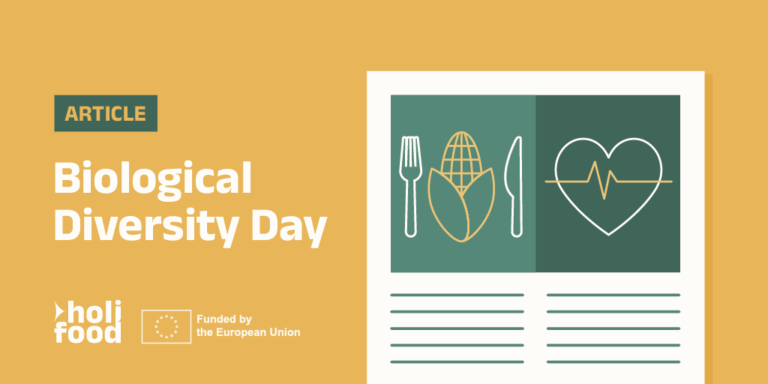Health assessment of maize consumption in Europe

The United Nations has proclaimed May 22 as The International Day for Biological Diversity (IDB) to increase understanding and awareness of biodiversity issues.
And one of the issues HOLiFOOD wants to raise is around maize consumption in Europe!
Although not a staple food, maize and a variety of maize-based products are consumed across Europe: in breakfast cereals, as an ingredient to warm dishes or salads, for barbecue, or as a snack!
Currently, maize foods are pretty safe for consumers, but due to climate change and warmer temperatures, emerging risks may impact the maize food supply chain. Since the HOLiFOOD project focuses on the improved identification of emerging risks and the holistic risk assessment of food systems, maize was selected as a case-study, where we aim to assess the risks and benefits of maize consumption in Europe in currently and alternative future scenarios.
We have selected 3 European countries to focus our assessment: Denmark, France, and Hungary. We have explored consumption patterns in these countries in relation to maize and maize-based products and started our health assessment focusing on evaluating chemical, nutritional, and microbiological components of maize products in the current diets. In our assessment, we consider the impact of warmer temperatures to evaluate microbial risks such as the contamination of Bacillus cereus and chemical risks, for example the occurrence of aflatoxins in maize products. The development of future alternative scenarios is ongoing and will be based on relevant drivers in relation to climate and consumption patterns.



